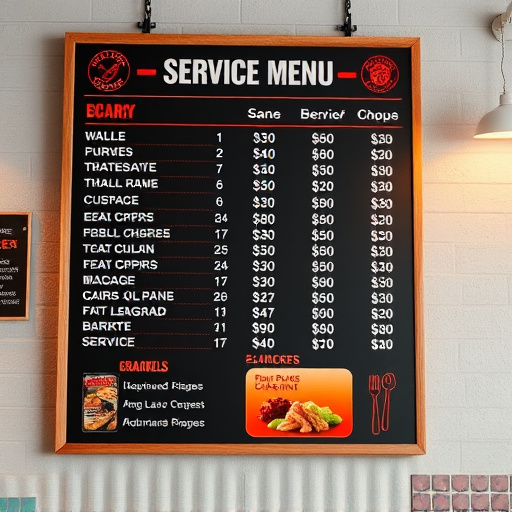Supercharger compatible intakes are designed for optimal performance with forced-induction systems, enhancing engine power and efficiency by accommodating high-pressure air delivery. Their advanced features, including larger airflow paths and specialized filters, improve engine breathing for increased responsiveness and overall performance, making them popular choices for both enthusiast and racing applications. These intakes leverage forced-induction technology to maximize oxygen availability for combustion, resulting in higher horsepower, torque, and fuel efficiency, especially under demanding driving conditions.
“Unleash the power hidden within your vehicle with maximum boost intake systems. In this comprehensive guide, we explore the intricacies of supercharger compatible intakes and their pivotal role in enhancing performance through forced-induction. Discover how these advanced systems optimize air flow for maximum efficiency, ensuring every drop of fuel is harnessed for explosive speed and torque. From understanding basic principles to fine-tuning for peak performance, this article is your go-to resource for harnessing the full potential of boost intake technology.”
- Understanding Supercharger Compatible Intakes
- The Role of Forced-Induction in Boosting Performance
- Optimizing Boost Intake Systems for Maximum Efficiency
Understanding Supercharger Compatible Intakes

Supercharger compatible intakes are designed to work seamlessly with forced-induction systems, enhancing engine performance and efficiency. These intakes are specifically engineered to accommodate the high-pressure air delivery from superchargers, ensuring optimal air-fuel mixture for maximum power output. By integrating advanced design elements, such as larger airflow paths and specialized filters, supercharger compatible intakes can improve engine breathing and boost responsiveness.
This type of intake system is crucial for vehicle owners seeking to unlock their cars’ full potential, especially in high-performance settings. They offer a more direct route for air to enter the engine, reducing restrictions and enabling a more efficient combustion process. As a result, drivers experience improved throttle response, higher horsepower, and better torque delivery across the RPM range, making them a popular choice among enthusiasts and race car engineers alike.
The Role of Forced-Induction in Boosting Performance

Forced-induction, such as supercharger compatible intakes, plays a pivotal role in maximizing boost intake and enhancing vehicle performance. Unlike atmospheric intake systems that rely on engine vacuum to draw air into the combustion chamber, forced-induction mechanisms use an external power source to compress and force air into the engine. This process significantly increases the amount of oxygen available for combustion, resulting in more powerful and efficient engine output.
Supercharger compatible intakes are designed to work seamlessly with superchargers, which are high-pressure blowers that draw air from the atmosphere and deliver it at a higher pressure into the engine. This forced-induction method provides a substantial boost in horsepower and torque, making it a popular choice among performance enthusiasts. By optimizing airflow and increasing the density of intake air, these systems contribute to improved fuel combustion and overall vehicle performance, particularly under high-demand driving conditions.
Optimizing Boost Intake Systems for Maximum Efficiency

To optimize boost intake systems for maximum efficiency, particularly in vehicles equipped with superchargers or forced-induction technologies, several key factors must be considered. First and foremost, the air filter should be high-flow, cone-shaped, and designed to minimize restrictions, allowing for smoother airflow and higher volumes into the engine. This is crucial for maintaining peak boost pressures and ensuring the forced-induction system operates at its most efficient.
Additionally, a well-designed intake manifold that complements the supercharger or turbocharger’s characteristics can significantly enhance performance. Optimized velocity and pressure curves within the manifold ensure that air enters the combustion chamber under the right conditions, maximizing power output and fuel efficiency. Moreover, using materials resistant to heat and wear can prevent restrictions and maintain optimal airflow throughout a wide range of engine speeds and loads.
Maximizing boost intake systems through supercharger compatible intakes and forced-induction plays a pivotal role in enhancing vehicle performance. By understanding the principles behind these components, optimizing for efficiency becomes achievable. This allows drivers to harness the full potential of their engines, leading to improved speed, torque, and overall driving experience. Incorporating these advanced systems is not just about boosting power; it’s about achieving a harmonious balance between performance and fuel efficiency.














